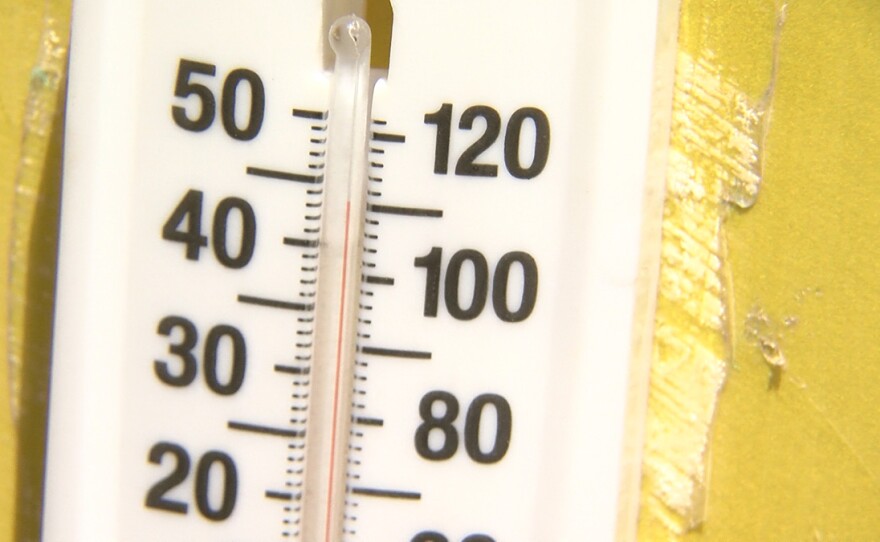The mild Santa Ana condition in the San Diego region is a reminder that summer’s hot temperatures will stick around through the fall in Southern California.
The summer brought the region record warmth and the trend will likely continue.
Around the country, it was the warmest January to June period on record and Southern California’s summer set records in June and July.
“Places like Borrego Springs, Palm Springs even in some of our mountain areas like Palomar Mountain and even up to Big Bear, where a lot of people spend time in the winter and summer vacationing," said Alex Tardy, a meteorologist at the San Diego office of the National Weather Service. "All those areas also saw the hottest June, the hottest July on record.”
RELATED: Though Spared From Recent Wildfires, San Diego's Smokey Days Still Tripled
San Diego has seen a trend of record-setting temperatures over the last 100 years and most of those records are high temperatures. In fact, average temperatures have been rising for the past two decades.
The warm June nationally followed the warmest spring on record, which was the culmination of the warmest March, third warmest April and second warmest May. And the heat persisted in June and July.
In June, said NOAA scientists, the average daily temperature for the lower 48 states was a full 2 degrees above the 20th-century average.
That warming trend is also showing up in historical fall temperatures.
San Diego is seeing about 12.5 more days of above-normal temperatures per year than the region did in the 1970s.
Hotter years usually mean drought, but Tardy says there’s been an interesting change recently.
RELATED: Climate Change Raises Risk For Outdoor Workers
”Regardless of it being a dry winter or a dry season, we call it here in Southern California or a wet one." Tardy said. "We’ve continued, once we get into the warm season to see these elevated temperatures and in a lot of cases record temperatures between June and October.”
NOAA officials say in a long-term trend that demonstrates the effects of a warming climate, daily record-high temperatures have recently been outpacing daily record lows by an average of 2-to-1, and this imbalance is expected to grow as the climate continues to warm.
According to a 2009 study, if the climate were not warming, this ratio would be expected to be even.
“It’s as if the pool table is tilted towards one pocket and that pocket is the warm pocket,” said Dan Cayan, a Scripps Institution of Oceanography climate researcher.
The trend lines are clear to climate scientists.
RELATED: California's Thirst For Water May Accelerate Global Warming
The warming temperatures are the planet trying to adjust to all the carbon people have put into the atmosphere and ocean.
“Probably under the best of circumstances in the ensuing half-century or so we are on this track, even if we totally curtailed greenhouse gas emissions today the planet is still not in balance as far as the heat coming in and heat going up,” Cayan said.
Warming that happens over the next few years will happen regardless of what people do because the planet is adjusting to the amount of carbon that has already been released.
Cayan said, however, that the direst climate warming scenarios can still be avoided if there are drastic cuts in greenhouse gas emissions in the short term.







